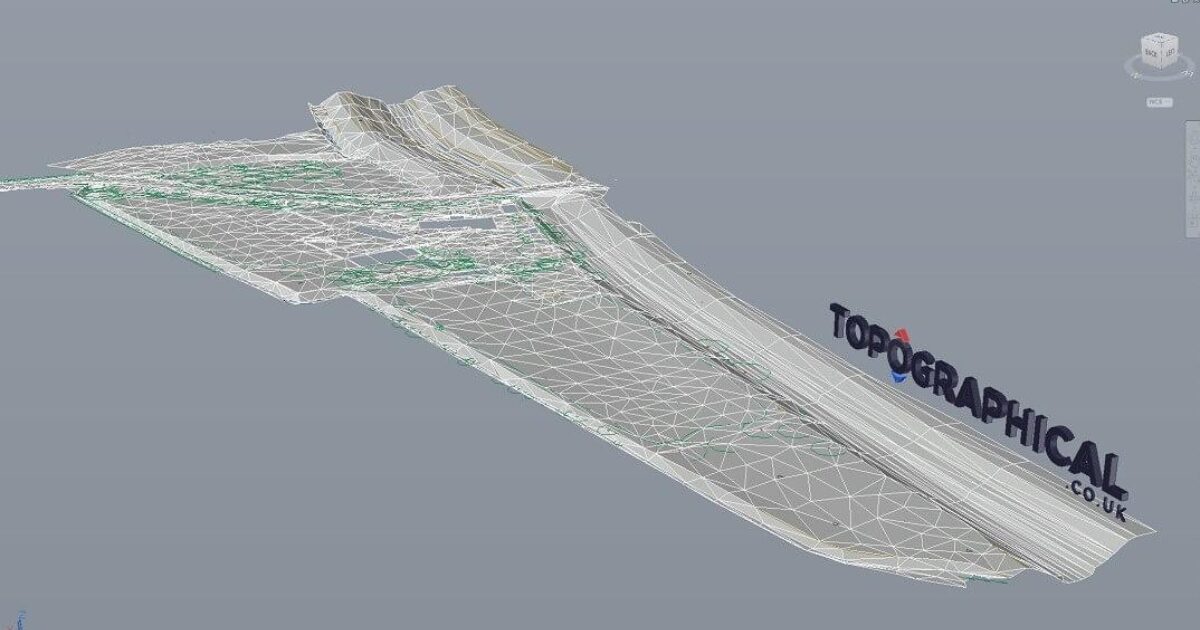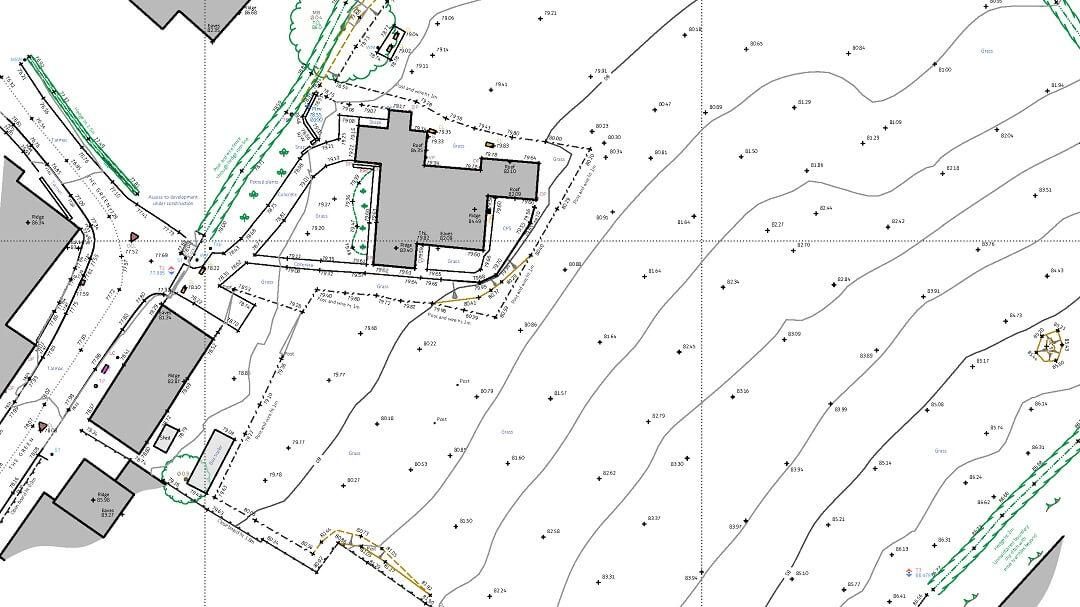Topographical Surveying: A Complete Guide for Land and Site Development
Topographical Surveying: A Complete Guide for Land and Site Development
Blog Article
Grasping the Basics of Laying Out Design for Accurate Building And Construction
Setting out engineering offers as the foundation of accurate building, making certain that every project aligns with its intended layout and requirements. As we explore the ins and outs of setting out, it ends up being evident that even small oversights can lead to significant implications.
Importance of Laying Out Engineering
Laying out design is essentially crucial in the building and construction procedure, as it guarantees that frameworks are accurately positioned according to develop requirements. The accuracy of setting out straight influences the overall stability and functionality of the built atmosphere. Any disparities or mistakes during this phase can bring about considerable concerns, such as misalignment, structural failing, or expensive rework.
Moreover, setting out engineering serves as an important interaction device amongst different stakeholders, including professionals, designers, and designers. It gives a clear referral framework that overviews the building and construction group throughout the task, thereby lessening the risk of false impression and boosting partnership. This procedure also helps in sticking to regulatory requirements and neighborhood codes, which are essential for getting necessary licenses and approvals.
Furthermore, effective establishing out contributes to forecast efficiency by helping with precise measurements and minimizing product wastage. By making sure that each component is precisely placed from the outset, the possibility of hold-ups and budget plan overruns is dramatically reduced. To conclude, the relevance of laying out engineering can not be overstated, as it is fundamental to accomplishing effective, certified, and sustainable construction end results.
Key Principles of Laying Out
Precise implementation of establishing out is controlled by several essential concepts that make certain successful execution in construction tasks. Most importantly, accuracy is essential; developing clear recommendation points and views is important for lessening errors. This involves utilizing developed criteria and making sure that dimensions are taken constantly and accurately.
An additional concept is comprehensive planning. A thorough laying out plan ought to make up all elements of the layout, including measurements, offsets, and levels. This insight minimizes disparities throughout building and improves performance.
Reliable interaction amongst group members also plays an important duty. All stakeholders should be in positioning concerning the job specs and laying out procedures to avoid misunderstandings that could result in costly mistakes.
Additionally, normal verification of dimensions and positioning assists preserve precision throughout the building procedure. This can involve periodic checks against existing site features or recommendation factors to guarantee that the job holds to the designated design.
Devices and Tools Required

Fundamental devices include the complete terminal, which incorporates digital theodolite and range measuring capacities, permitting for accurate angle and range dimensions. Engineering surveys. Furthermore, a leveling instrument, such as a laser degree or optical degree, is vital for establishing straight aircrafts and slopes
Gauging tapes, ranging from basic steel tapes to more advanced digital choices, provide vital performance for uncomplicated straight dimensions. Marker devices, including chalk lines and risks, are essential for imagining referral points on-site.
In more visit our website complex jobs, GPS evaluating devices can enhance precision over bigger distances, while 3D scanners can help in validating status quo. Sustaining tools such as plumb bobs and string lines are also important for making certain upright positioning and straight lines.
Ultimately, purchasing high quality tools and maintaining them consistently greatly adds to the total success of laying out engineering, facilitating a structured building and construction process that sticks to develop specs.
Common Techniques for Precision
Accomplishing precision in setting out design demands the application of details methods that boost measurement accuracy. One of the basic strategies is triangulation, which utilizes the buildings of triangulars to establish locations with high precision. By gauging the lengths of two sides and the angle between them, engineers can accurately place factors reference on-site.
An additional essential technique is the usage of progressing tools, such as laser degrees or automatic degrees. These devices give a regular reference airplane, ensuring that all dimensions are extracted from a typical baseline. Normal calibration of these instruments is vital to maintain their accuracy.

Challenges and Solutions in Setting Out
Navigating the complexities of laying out engineering presents various difficulties that can impact job end results. One significant challenge is the reliance on precise measurements and alignments; even minor mistakes can result in substantial discrepancies in building. Outside variables such as ground conditions, climate, and site access further make complex the process, necessitating versatile strategies.
To address these difficulties, employing sophisticated innovation such as general practitioner and 3D modeling can boost precision and performance. These tools permit real-time information collection and monitoring, reducing human error and making certain adherence to make specs. Furthermore, executing rigorous training programs for workers included in setting out can foster a skilled labor force skilled at taking care of prospective problems.
Establishing clear lines of communication among all stakeholders-- engineers, land surveyors, and construction teams-- ensures that everybody is straightened with the job objectives and mindful of any kind of modifications to the strategy. By accepting these solutions, experts can substantially enhance the precision and reliability of setting out engineering practices.
Final Thought
To conclude, mastering the principles of setting out engineering is essential for accomplishing precision in construction tasks. By adhering to crucial concepts, description making use of ideal tools, and executing effective strategies, construction experts can enhance accuracy and lessen mistakes. Addressing usual challenges with tactical options even more guarantees that jobs remain compliant with style specifications and regulatory criteria. Ultimately, a solid foundation in laying out design adds considerably to the general integrity and efficiency of building and construction outcomes.
Setting out engineering offers as the backbone of exact building, ensuring that every project straightens with its desired design and specifications.Setting out design is fundamentally critical in the building and construction process, as it ensures that frameworks are properly positioned according to create requirements. In conclusion, the relevance of establishing out design can not be overemphasized, as it is foundational to achieving successful, compliant, and lasting building results.

Report this page